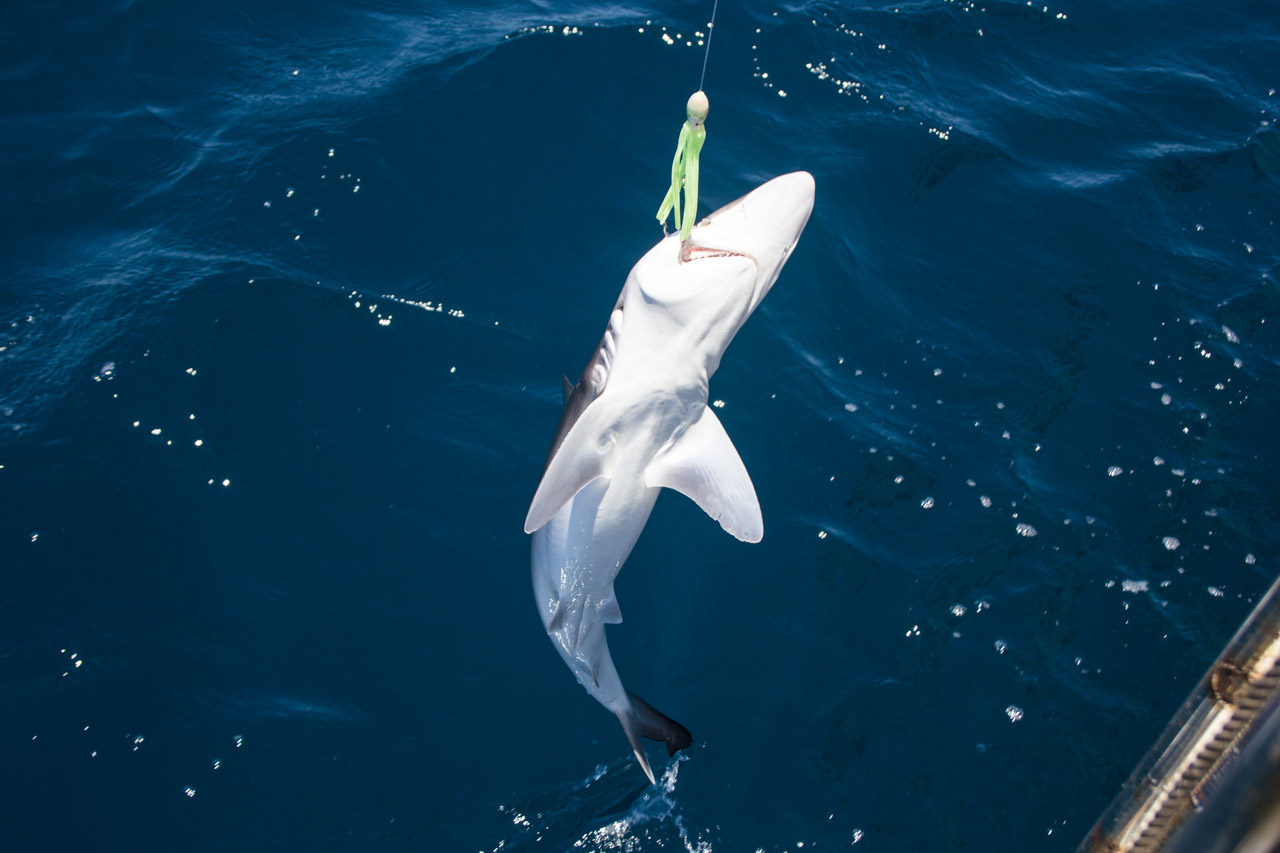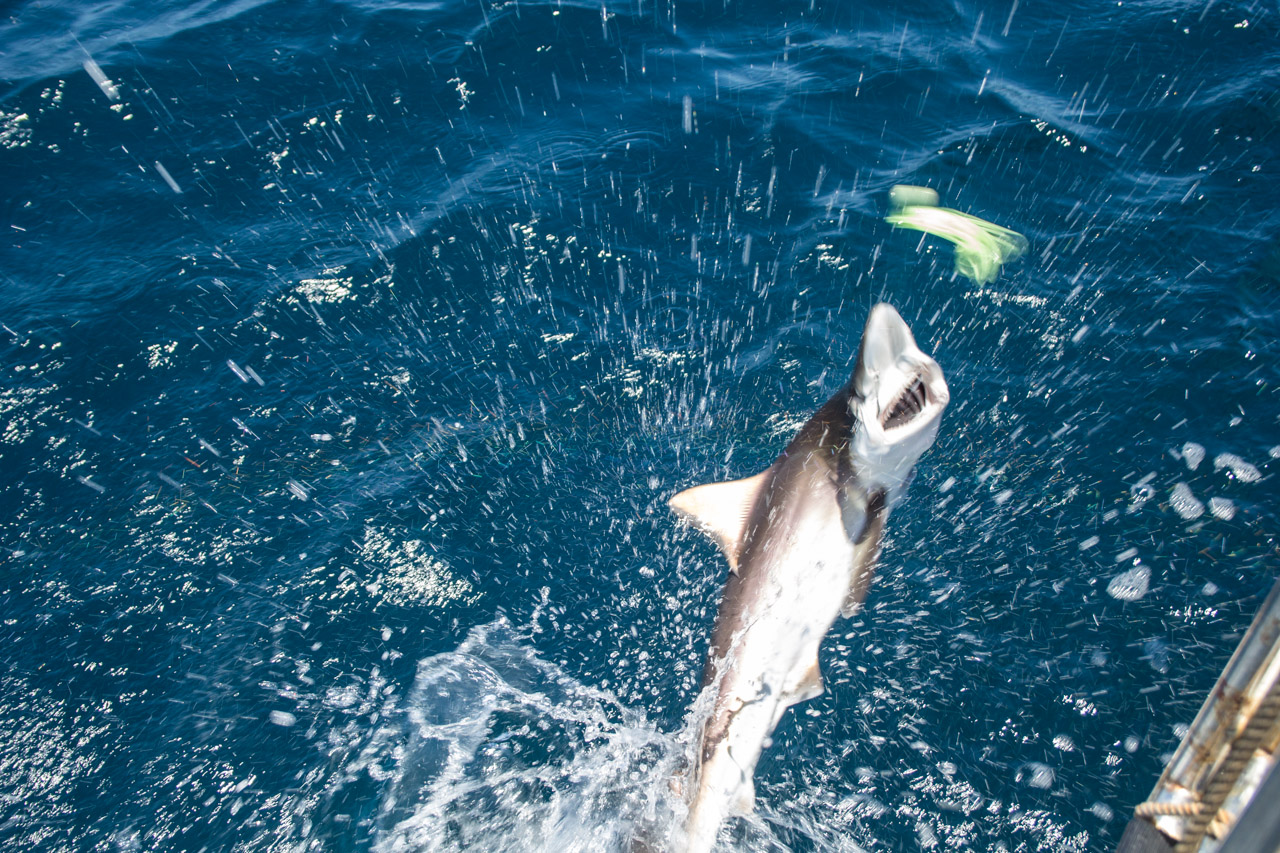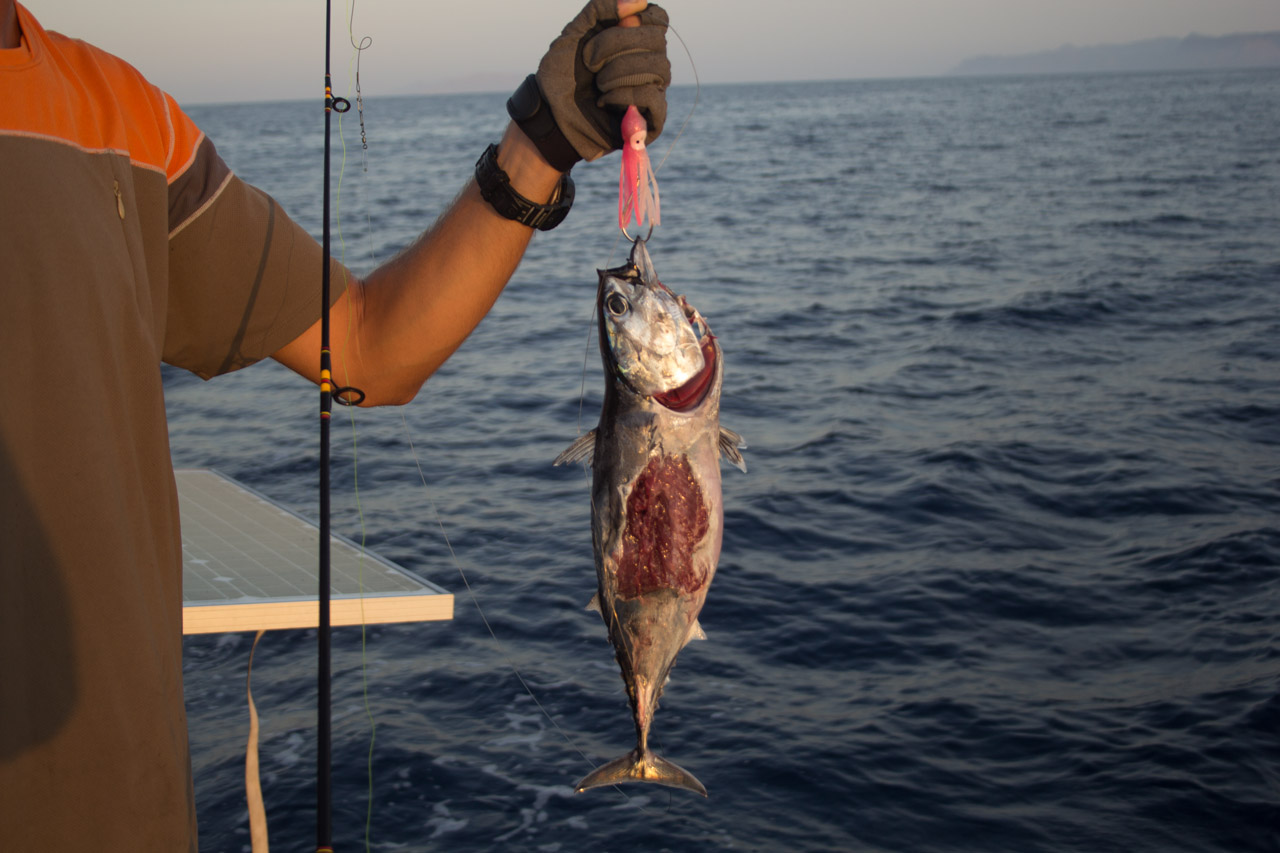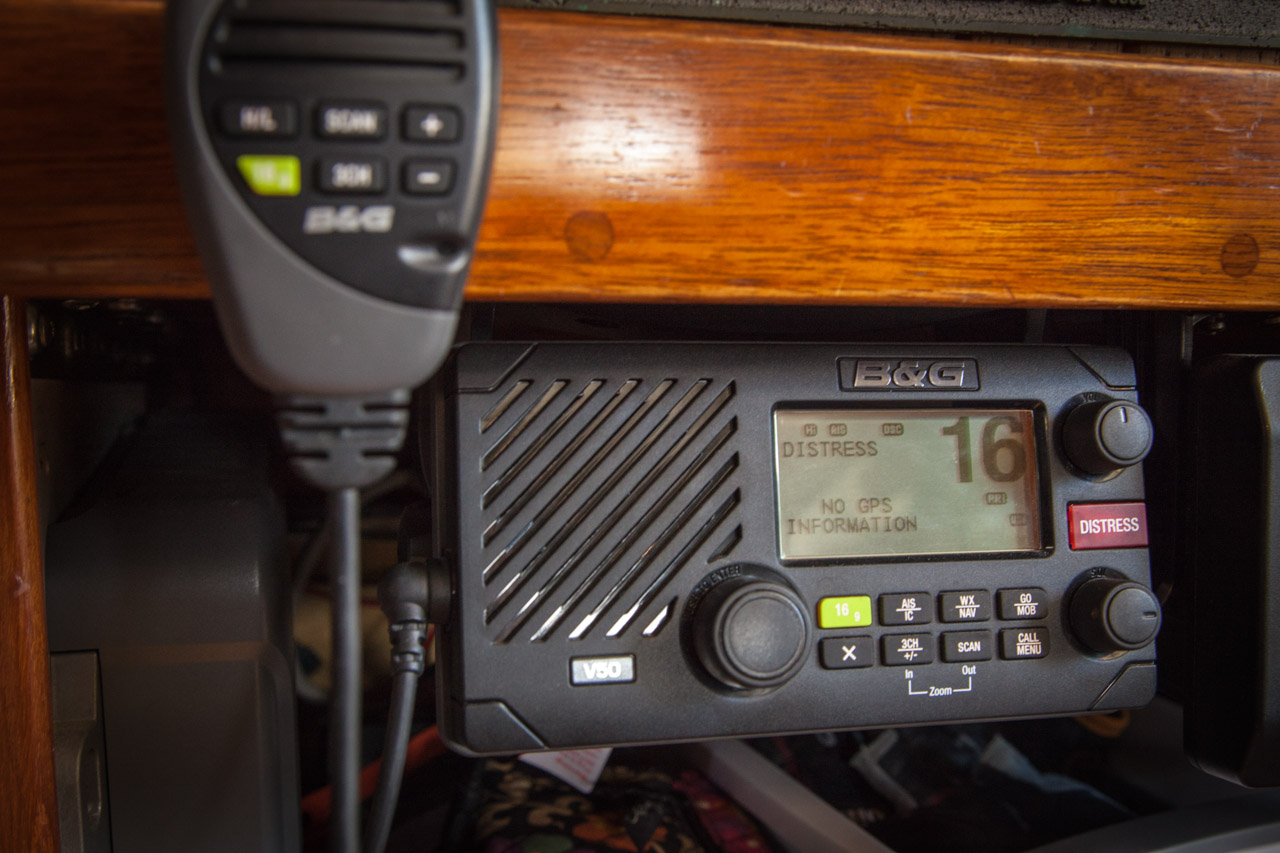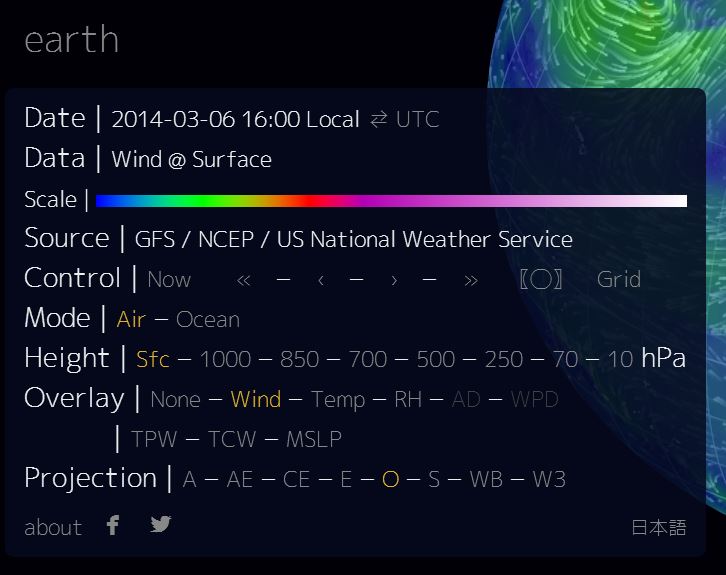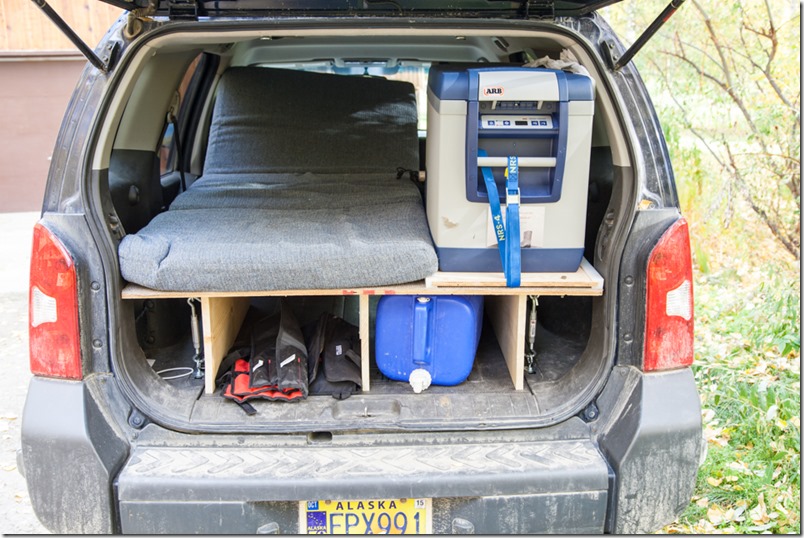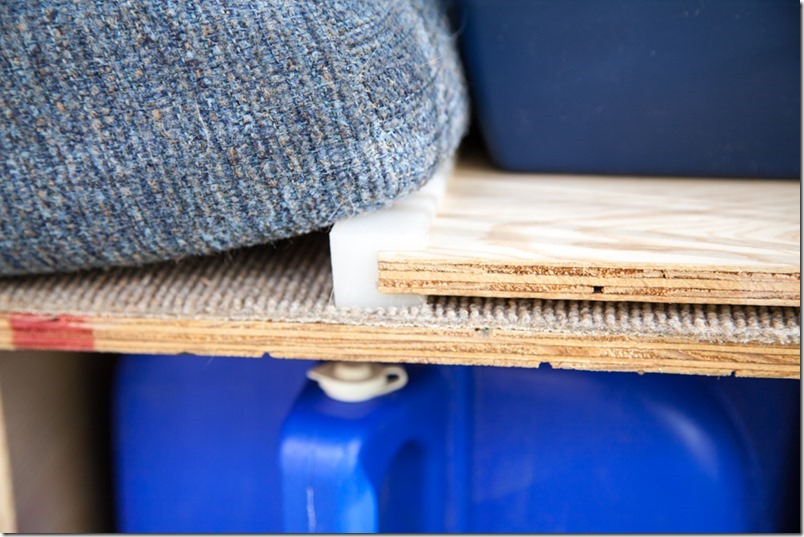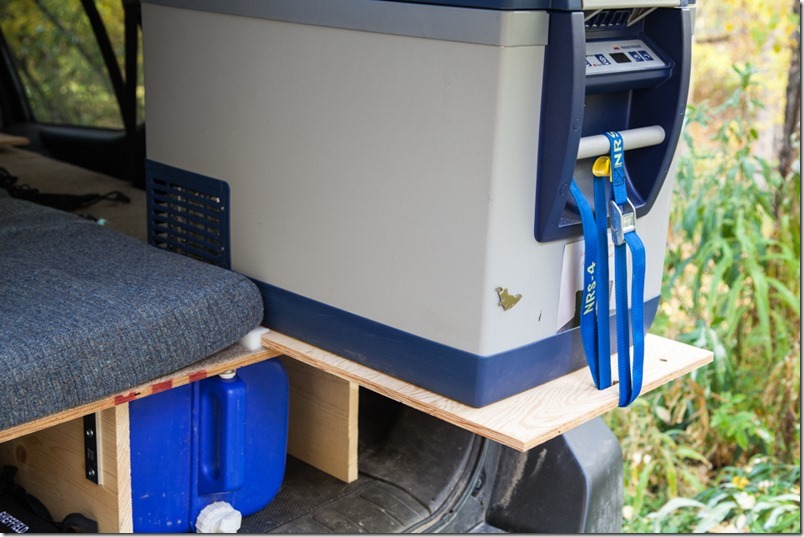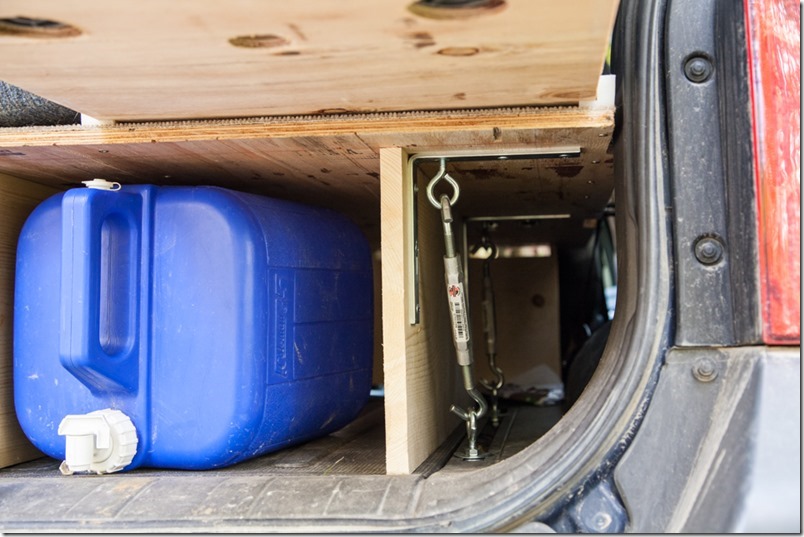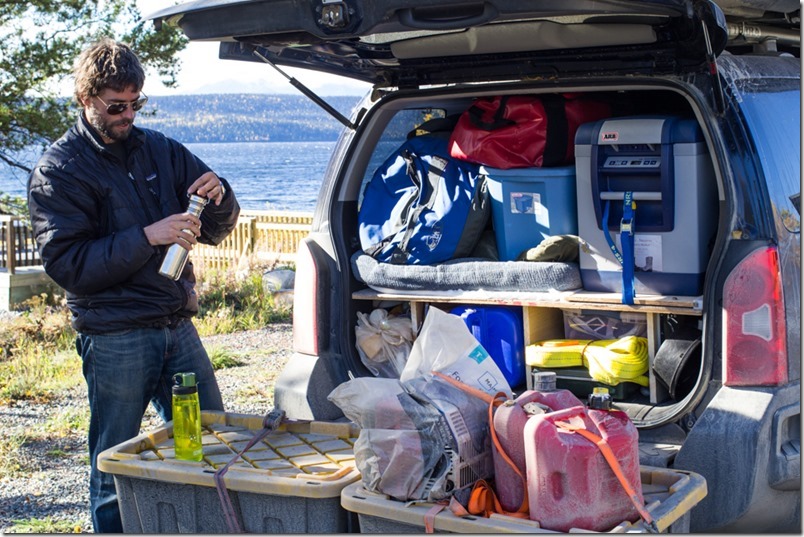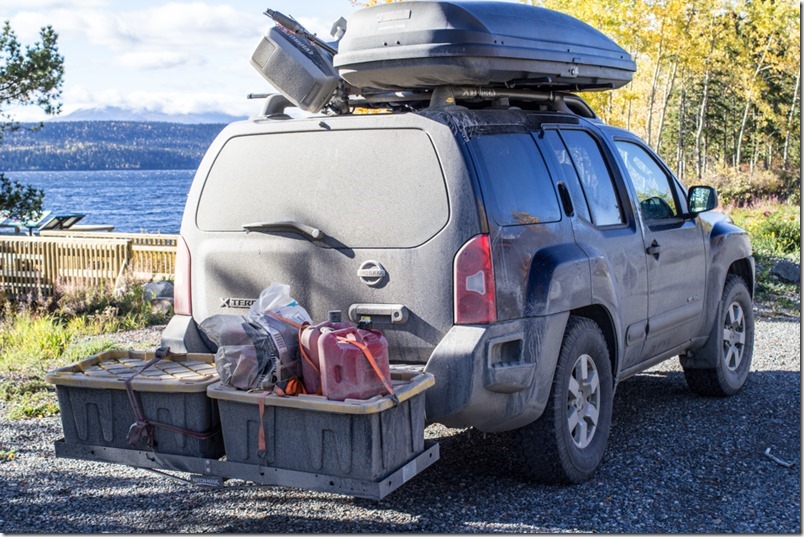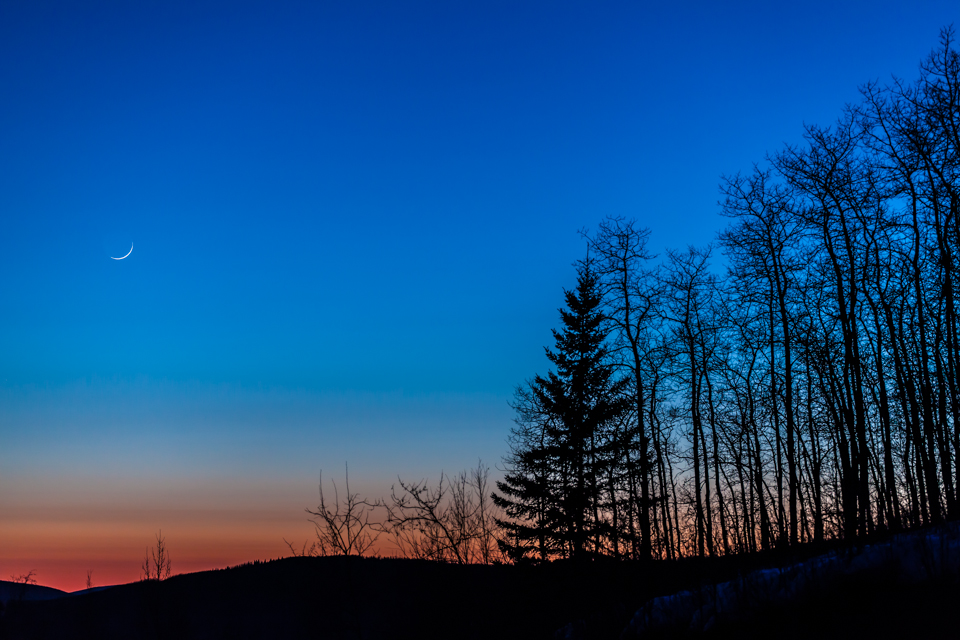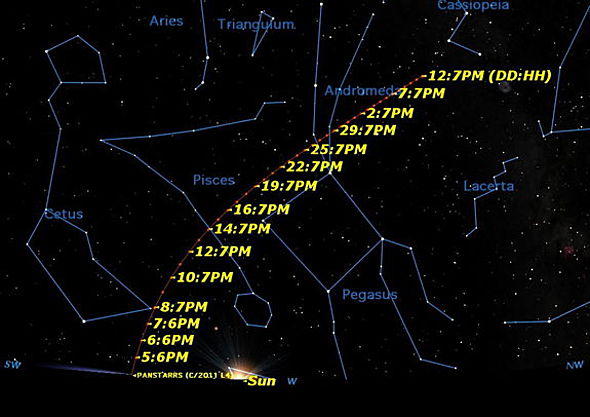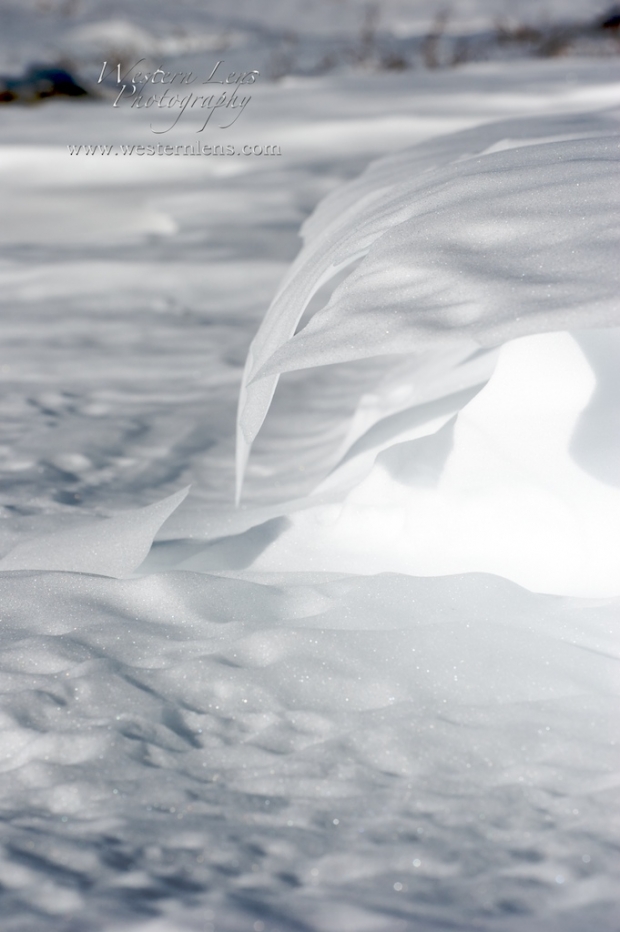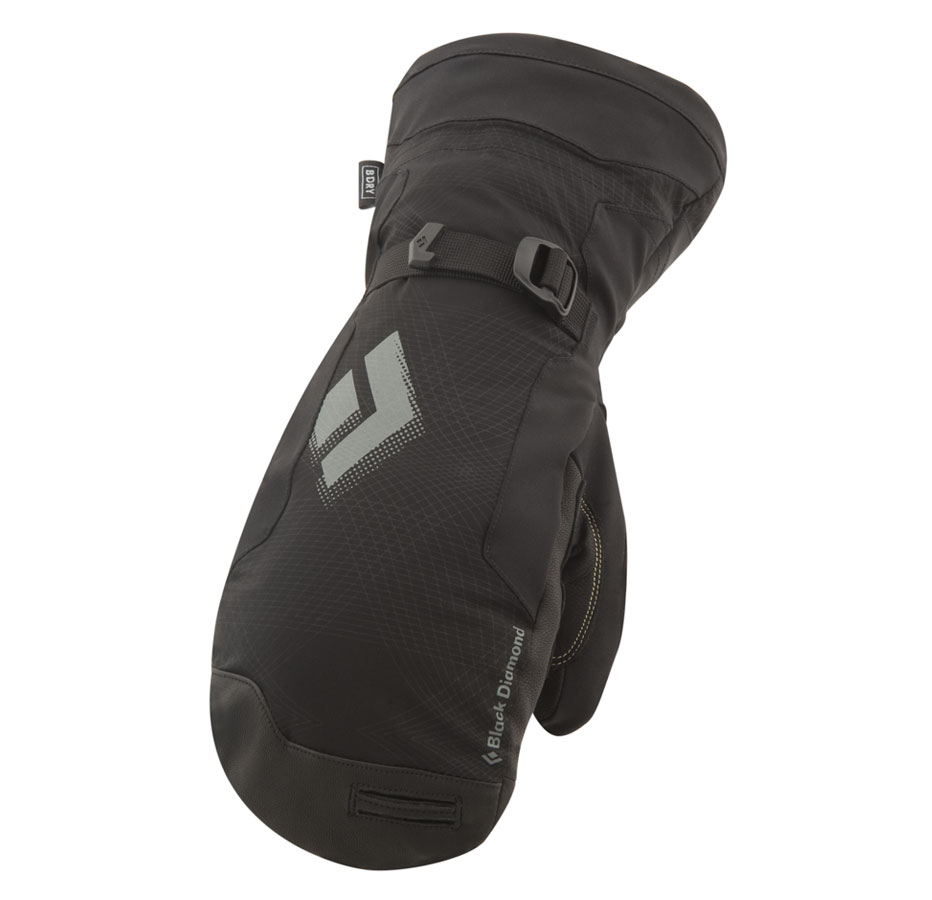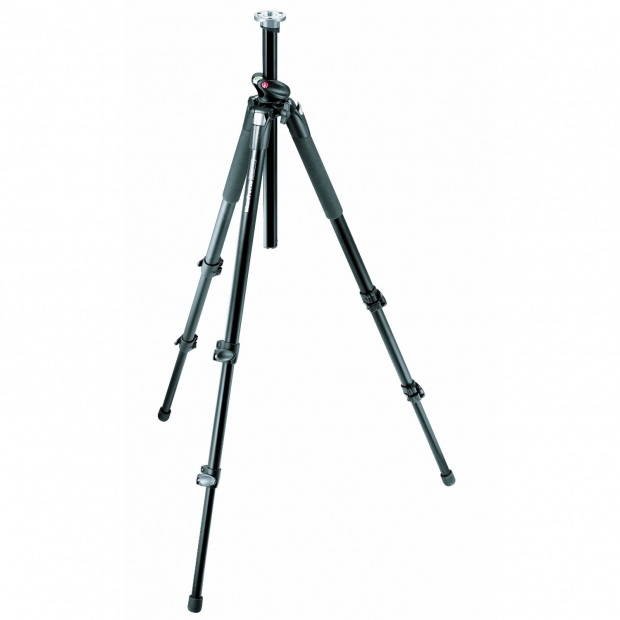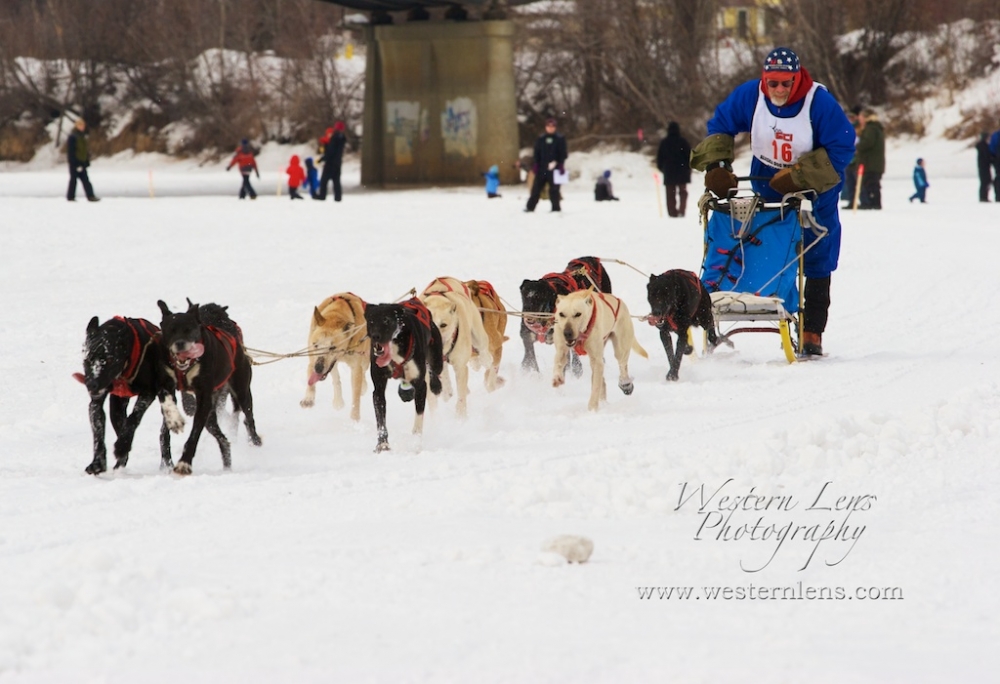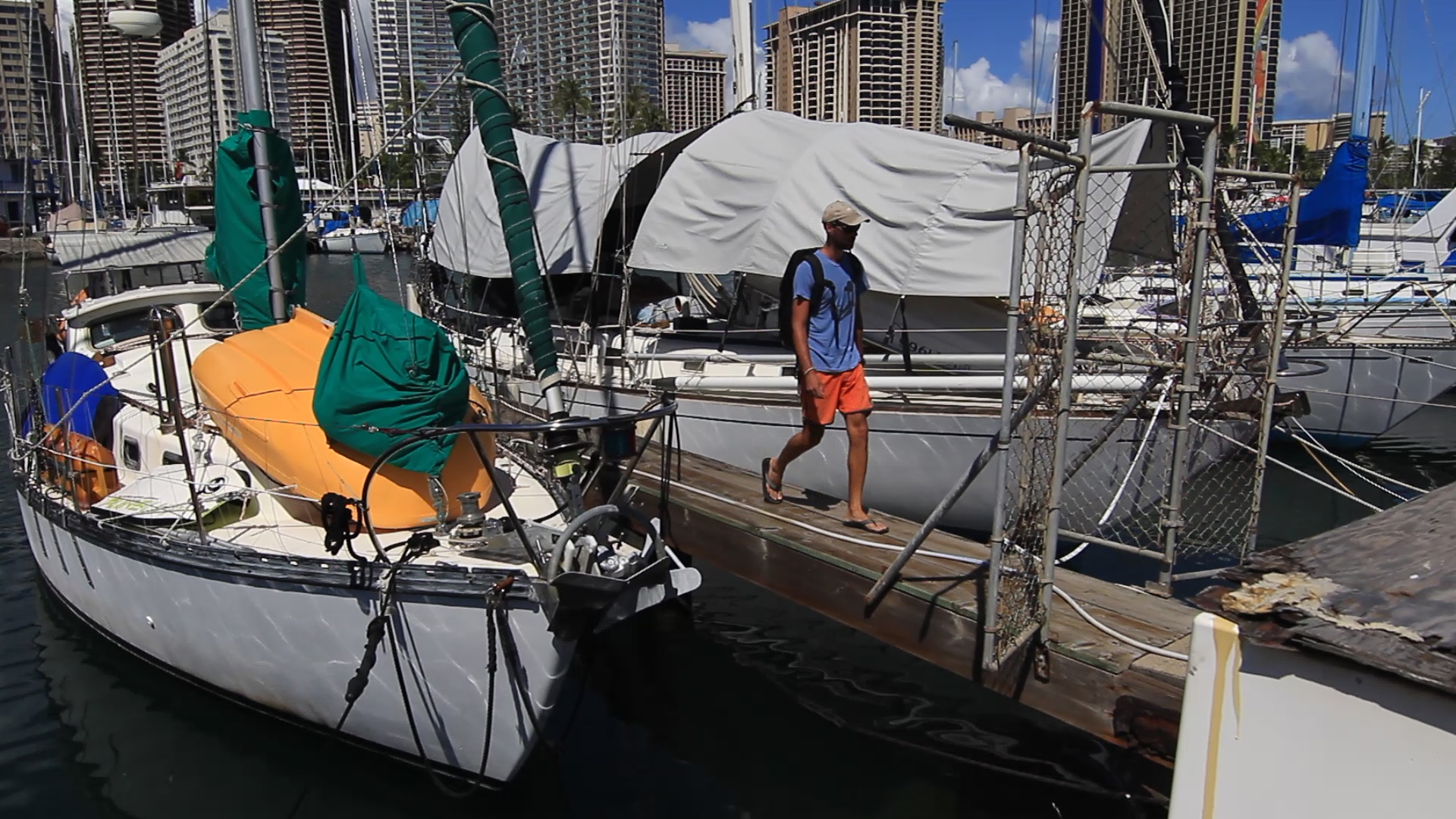
People always make fun of our huge anchor on the bow
Until last week, we had never drug our anchor. In fact, we have never even had to try more than once to get the anchor to set. So what works and why did that fail?
On Resolute our anchor setup consists of a Maxwell VWC 1500 windlass, 50 feet of 5/8” 3 strand nylon as the bitter end, 230 feet 5/16” galvanized chain, connected to a 25kg/55lb Rocna anchor.
A few things to point out, we do not use a swivel and have never needed it. The reason behind not using one is because we don’t like having extra things that can break in our setup. We also only have 50 ft of nylon rode because it is simply there as an “oh shit” safety in case we need to let out all our gear and ditch the anchor in an emergency giving us something to cut in a hurry. Lastly, our anchor is huge, in fact, so huge many people like to comment about it while at dock. This is because we like to sleep, sleep is important. I was once told that if people don’t make fun of your anchor, it’s not big enough.
We went with a Rocna anchor because we had heard good things about how they held in nearly any type of bottom and tended to be the choice of most high latitude cruisers who are used to anchoring in unknown sea beds with very strong winds. The main thing here is that it is part of the new breed of “diving” anchors such as Mantus, Spade, and Ultra. All of which are designed to bury deeper and deeper into the bottom the harder the pull.
With this setup we have anchored on rock, sand, mud, and kelp without having a single failure.
A few of the things we do to ensure a strong anchor set are:
1) Never pile up your chain at the bottom, pay it out slowly as you either drift back on the anchor or reverse back.
2) Once you have let out at least (more if stormy) 4:1 with all chain or 7:1 with rope, back down on the anchor increasing the RPM slowly as to help set the anchor. Once you are not moving (keep a foot on the chain to feel dragging) give it some more throttle and hold it there for some time 10 seconds or so.
3) Once you are satisfied all is well, hang out on the boat for another hour to see how the boat is riding (i.e. not hitting your neighbor!) and make sure the anchor holds with wind shifts.
4) If the water is warm, jump in and see what the anchor is doing! How did it set? Is it near rocks or coral?
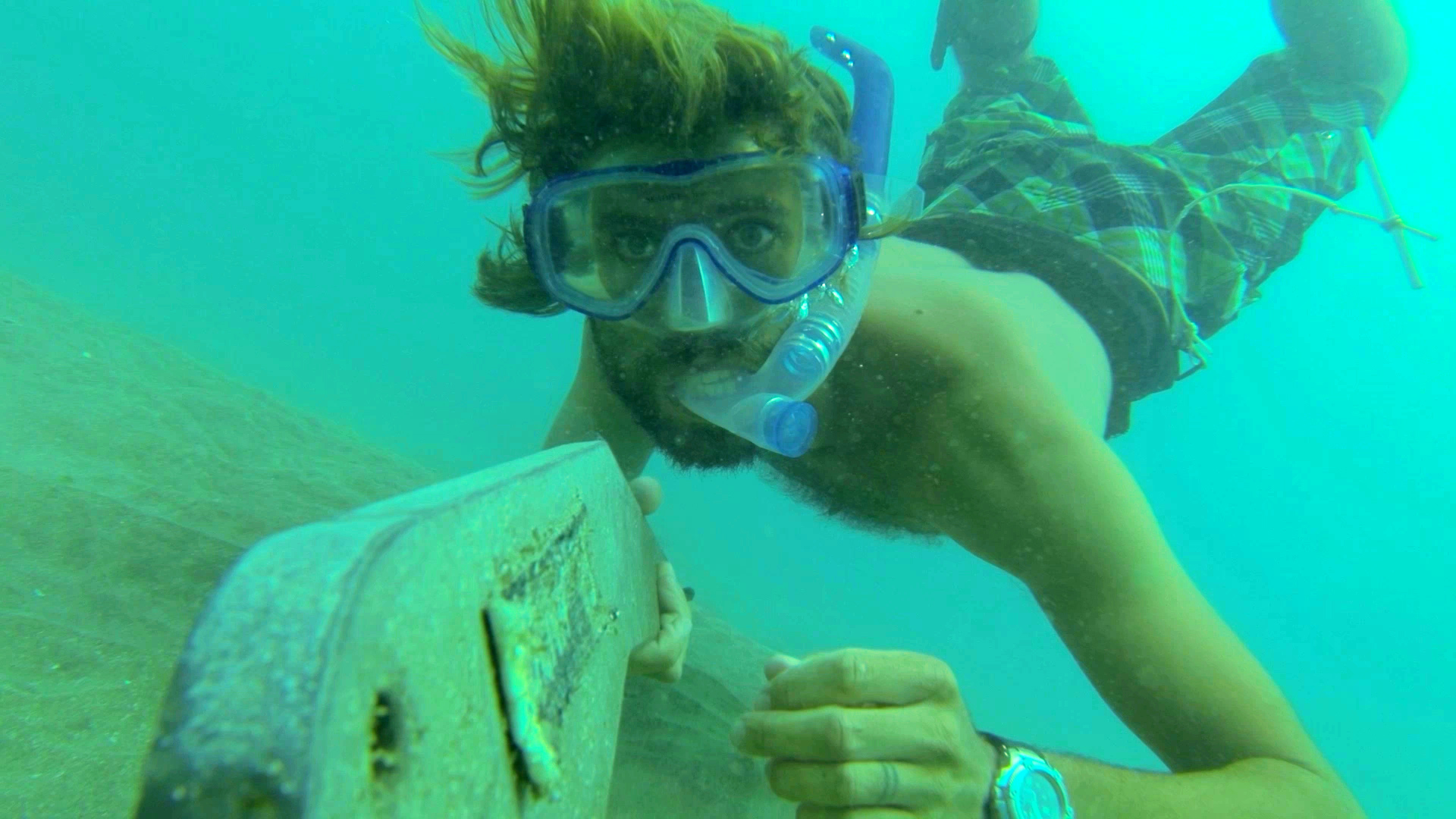
Diving on the anchor to check how it set is the best way to know what is going on down there
Some things not to do while anchoring:
1) Throw all your chain, anchor, and line over at the same time in a big pile.
2) Put out too little scope. We often see people putting out hardly 2:1 scope, and with rope rode at that!
3) Have too small an anchor
4) Leave your boat right after anchoring
5) Forget to check for chafe points on rode
6) Not have the bitter end tied to something
7) Leave the load on the windlass, tie to a cleat using a snubber line
So what went wrong for us this last week?
Well a few things really. We were in Lahaina anchorage on Maui, HI when we were forecast to receive higher winds possibly up to 45 knots. So what did we do, nothing. So complacency was a big factor. I know I just got done preaching about proper anchoring. But what we have noticed is that our setup holds very well. We had 5:1 scope out because the anchorage was deep at 42 ft. And we knew our Rocna holds very well in sand.
The winds held over 30 kts for around 48 hours with periods of sustained 40+. The gust that drug us was 51 kts and our anchor simply pulled a trough around 50 ft through the sand. At this point we let out another 50 ft of chain increasing our scope to around 6:1 and lengthened our snubber line to help absorb more of the shock loading. This held for the remainder of the blow.
I dove the anchor to find out just what had happened the next day and noticed that despite the anchorage looking like nice sand, it was only about 1-2 ft deep and must have had a rock bottom which did not allow the anchor to continue deeper and provide a firmer set.
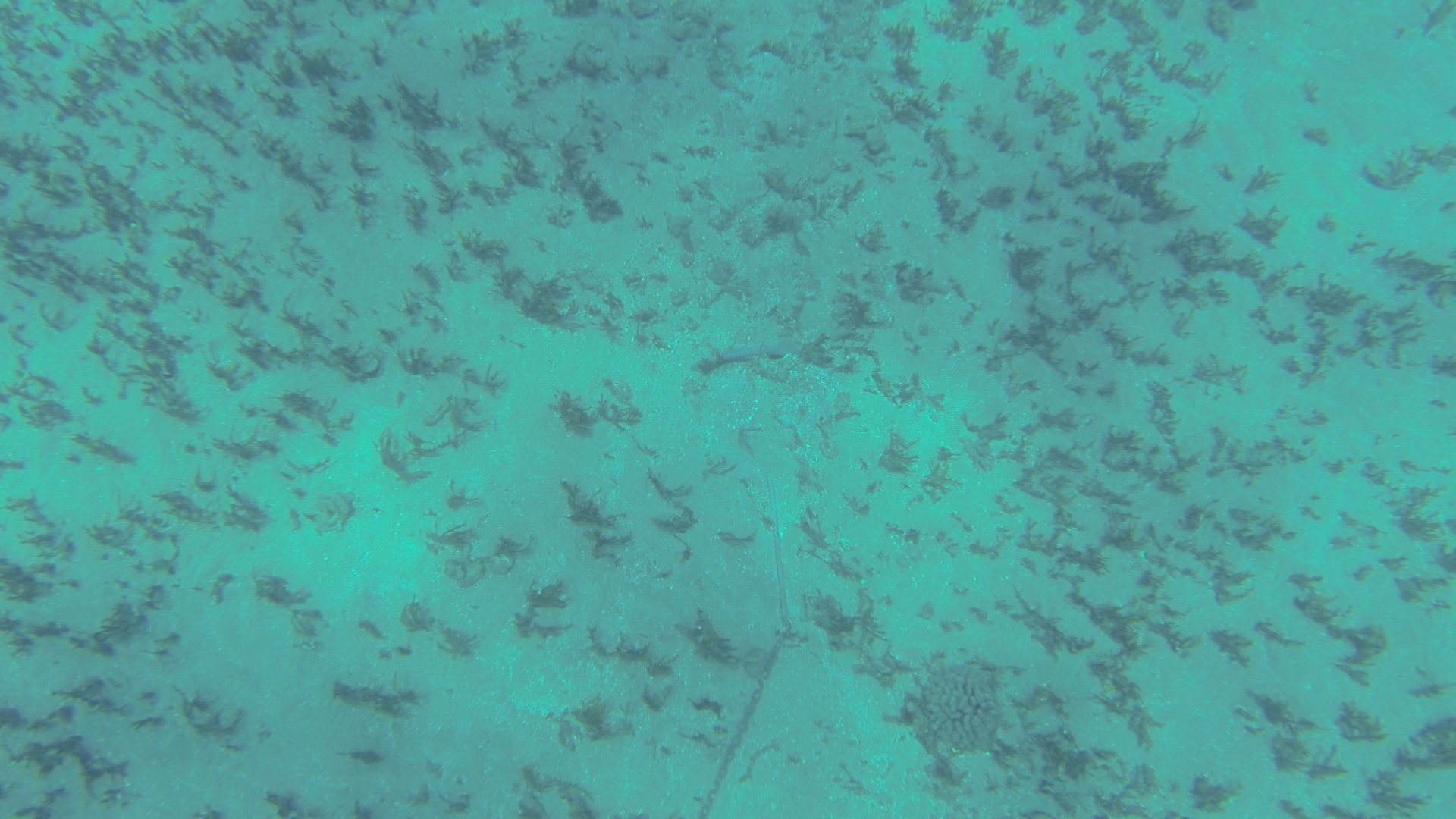
Our Rocna buried in the sand. You can see the drag mark to the upper part of the screen from the 51 knot gust



